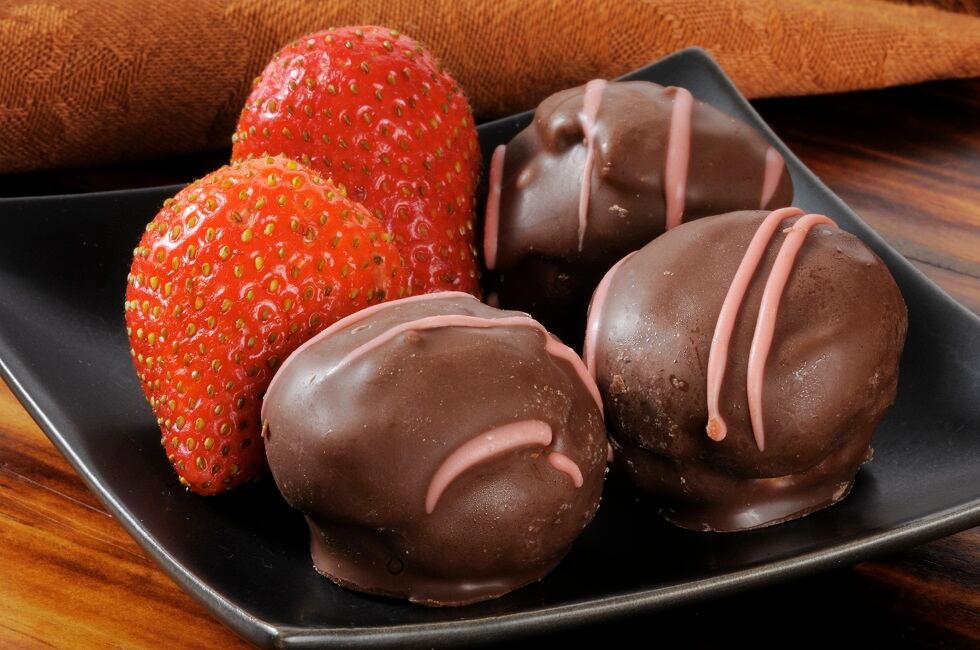The consumer research firm noted, although fun-sized confections are flying off the shelves during Halloween, Americans tend to treat themselves with bite-sized chocolate year-round with 63% of them saying it is important to limit their confections consumption.
‘Chocolate confectionery is available in nearly infinite forms, flavors and combinations, but many chocolate purchasers gravitate to what they know,’ noted Mintel.
‘While bite-sized chocolate may get credit for being a good way to limit consumption, the munchability and shareability of mini-sized products might actually make the form a good way to drive increased consumption with consumers reaching for an extra handful.”
John Owen, senior food and drink analyst at Mintel, added: “Chocolate’s continued sales growth signals that consumers remain open to small treats, even as they strive to eat healthier overall.
“Its status as a permissible indulgence and unique craveability give chocolate ample room for further growth and premiumization.”
Premium to account for larger share
Mintel predicted premium and innovative products will account for a larger share of the US confectionery market moving forward.
It said: ‘More than 76% of chocolate buyers say that it’s worth it to pay a little more money for premium chocolate.’
Additionally, ‘among the top types of products chocolate buyers would like to see more of are unique sweet flavors (31%), savory flavors (29%) and those with functional benefits such as truffles with good fats (30%) and added protein (18%).’
Parents, in particular, are looking for confections sweetened with fruit or made with more natural formulations, Mintel added.
Chew candy ‘sugarcoated’ slowed category growth
Mintel data revealed the US consumption of candy has been trailing that of chocolate in 2018, especially around the Halloween season.
It noted more than 27% of non-chocolate consumers said they ate less candy than last year (versus 15% eating more) due to sugar and calorie reductions. While chocolate buyers are more likely to say they are buying more chocolate in 2018 than a year ago (21% versus 17% buying less).
However, product innovation has helped the non-chocolate confectionery category grow sales over the past six years.
‘Total US sales of non-chocolate confectionery are estimated to have grown 15% since 2012, reaching an estimated $8bn in 2018, driven by chewy candy—the fastest growing segment,’ said Mintel, noting the segment is expected to reach $4.3bn this year, a 36% increase since 2012.
It added that new product launches of chewy candy in the US grew 83% over the last five years.
However, Beth Bloom, associate director of food and drink at Mintel, noted sales growth in the non-sugar confectionery category has slowed over the past five years as health concerns rise.
“Chewy candy specifically has sugarcoated the category’s slowed growth as a result of strong innovation efforts from brands in the segment.
“To increase consumption, non-chocolate confectionery brands should focus efforts on encouraging permissible indulgence through sugar reduction and adding premium offerings, such as new flavors and textures, to their product lineup,” she said.

